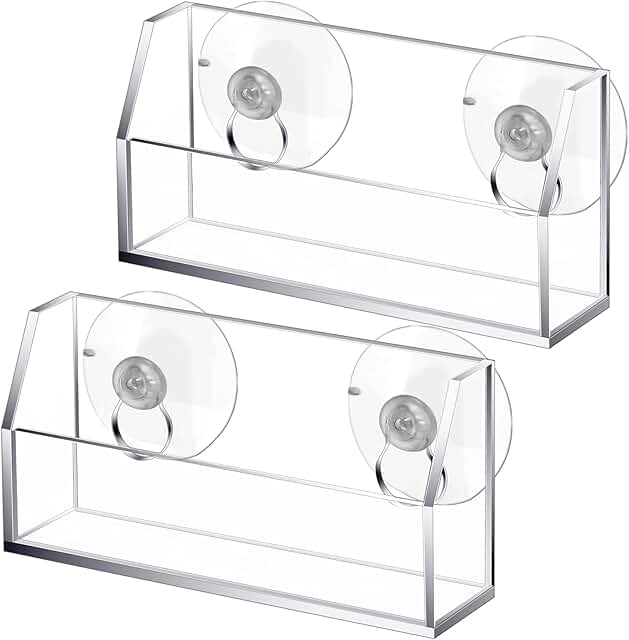Understanding the Tie Tango: Why Ties Misbehave in the Wind
Ever wonder why your tie suddenly turns into a mini flag on windy days? It all comes down to simple physics. Lightweight fabrics like silk or thin wool catch the air easily because of their flat, dangling shape. This means your tie reacts just like a flag flapping in the breeze.
Several factors make things worse:
- Fabric weight: Lighter ties fly up faster.
- Tie length: Longer ties (over 58 inches) have more surface area for the wind to grab.
- Knot style: Looser knots, like the half-Windsor, give the tie extra wiggle room.
Before your next big outing, take a quick test: step outside on a mildly windy day and see how your tie behaves. If it flaps wildly, you’ve found your troublemaker.
Here’s a pro tip: stopping your tie from blowing away starts with choosing the right fabric, length, and knot. But don’t worry—we’ll cover quick fixes to tame your tie when those unexpected gusts roll in.
Quick Fixes: No Tools, No Fuss – Instant Tie-Taming Hacks

When the wind picks up unexpectedly, you don’t need fancy gear to keep your tie looking sharp. Here are three simple, effective hacks to stop your tie from blowing in the wind—no tools required.
Hack 1: The Penny Drop
Slip a quarter or two into the narrow end of your tie where the label sits. This adds just enough weight to keep your tie grounded without adding bulk. Secure the coins by folding the end gently so it doesn’t bulge out. This trick works on about 90% of standard ties and is perfect for last-minute fixes when you’re on the go.
Hack 2: Button Loop Trick
Use your shirt’s mid-placket buttons to your advantage. Thread the narrow tail of your tie through one or two buttons, then loop it back out to the tie keeper on the back of the wide blade. This keeps your tie flat against your shirt and invisible from the front—no clips or pins needed.
Hack 3: Fabric Tuck
For a subtle hold during short walks, fold the tie’s blade behind your belt line and tuck it slightly into your pants waistband. It’s quick to do and just as easy to reverse once you’re indoors.
Why These Work
All three methods rely on simple physics—adding weight, creating friction, or preventing flapping by anchoring the fabric. They’re zero-cost, require no special tools, and are easy to do no matter where you are. Pair these quick fixes with a weather app to know when gusty days are ahead and prepare accordingly.
If you want to explore more on how to keep your overall look seamless when adapting accessories, check out our guide on office to evening transitioning your look with one accessory.
Style-Forward Solutions: Elevate Your Look While Locking It Down
When you want to keep your tie put without sacrificing style, these smart hacks have you covered:
-
Vest Barrier: Wearing a three-piece suit isn’t just about looking sharp—it traps your tie inside the vest, shielding it from gusts and adding a layer of sophistication, perfect for cooler days or formal events.
-
Magnetic or Invisible Stays: These discreet magnetic clips, usually under $10, clamp your tie to the shirt placket from underneath. They’re invisible from the front, easy to reuse, and a modern take on traditional tie tacking. A great option for keeping your neckwear windproof without adding bulk.
-
Classic Tie Bar or Chain: The timeless thin tie bar placed around the middle of the tie blade or a sleek chain adds a polished touch while locking your tie in place. Choose matte metal finishes to match your cufflinks or watch for a cohesive, subtle look. Just remember: don’t fasten too tight to avoid unsightly creases.
For more tips on matching your accessories thoughtfully, check out our guide on matching your tie and pocket square. Also, coordinating your metals with your watch or cufflinks can instantly elevate your style—see what your cufflinks say about your look here.
Long-Term Strategies: Build a Wind-Proof Wardrobe
To keep your tie steady day after day, start with the fabric. Swap lightweight silk for heavier wool or textured weaves – they naturally resist wind better. Also, consider shortening your ties to about 55 inches if you\’re under 6 feet tall; less length means less flapping.
Next, master your knots. Full Windsor or Pratt knots add bulk and grip, making it harder for gusts to lift your tie. If you want a polished, reliable knot, check out a detailed guide on how to tie a perfect Windsor for that extra hold and style boost.
Upgrade your accessories too. Invest in tie clips that show off your personality—think engraved bars—and try anti-flap sprays designed for silk ties, but always test them in mild wind first to avoid surprises.
Finally, adjust for the seasons and your environment. In windy spots like coastal cities, layering with a scarf not only adds style but also shields your tie. Or switch things up with bow ties, which are naturally windproof and a smart backup for outdoor events.
With these adjustments, your neckwear stays sharp and secure, no matter what the weather throws at you.
Common Mistakes and Troubleshooting: Don\’t Let These Trip You Up
When tackling tie troubles in the wind, some common mistakes can actually make things worse:
- Overloading with coins: Adding too many coins or heavy objects inside the tie causes lumps and bulges—defeats the purpose of a sleek look. A single quarter or two is enough as a weighting hack.
- Ignoring tie length: Too-long ties act like sails and catch even more wind. Aim for ties around 55 inches if you’re under 6 feet tall to minimize flapping.
- Skipping shirt fit checks: Loose collars or poorly fitted shirts allow the tie to move freely, inviting chaos. A properly fitted shirt placket helps your tie stay in place.
If you run into issues during wear:
- Clip slips? Double-check your tie bar or magnetic holder is aligned correctly with the shirt placket. Misalignment reduces grip.
- Stubborn fabrics: Some silks or slick weaves resist grip. A light steam before wearing can soften the fabric and help clips hold better.
Reader Q&A
What about clip-on ties?
Clip-ons tend to flop in the wind just like traditional ties. You can weight them similarly by adding a small washer or coin at the narrow end to add ballast.
Any eco-friendly options?
Yes! Instead of new metal accessories, try using washers or small weights made from recycled materials for that weighted tie hack—eco-conscious and effective.
For more on keeping your ties perfectly styled, check out our detailed guide on why every man needs a tie clip and learn how to pair your accessories properly with jewelry pairing rules.


